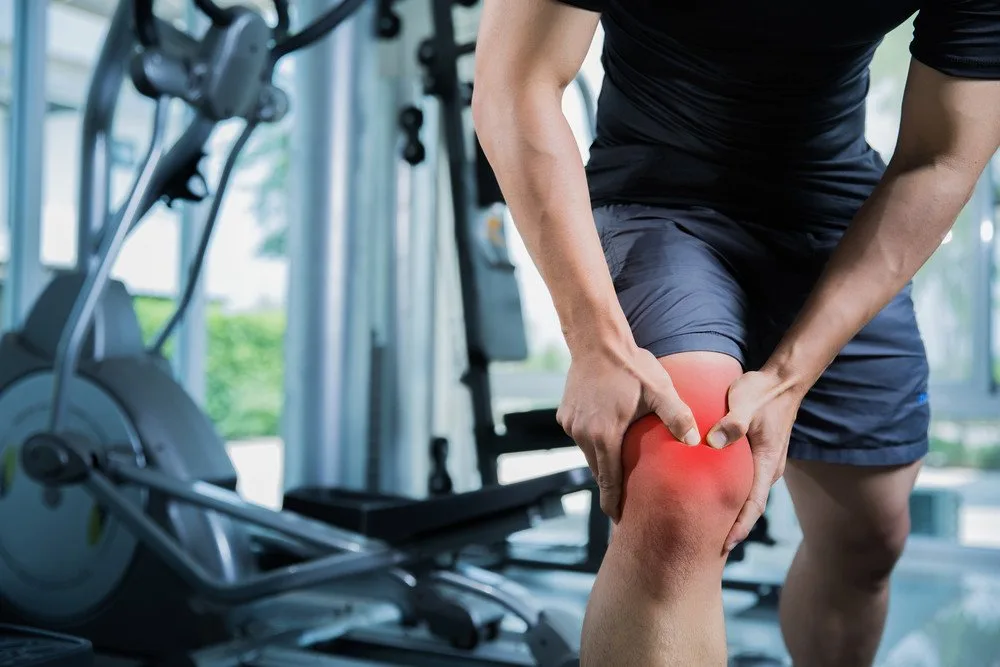Pain is a universal experience, yet its interpretation is anything but universal. Cultures worldwide have developed distinct attitudes towards pain, influencing how individuals express and manage their discomfort. In some cultures, stoicism is valued, and expressing pain is considered a sign of weakness, while in others, vocalizing pain is encouraged and seen as a signal to seek help. These cultural paradigms shape not only the individual’s experience of pain but also the societal and medical approaches to pain management. Longevity Live Paid Content.
Pain Management: A Cultural Mosaic
The strategies employed to manage pain are as varied as the world’s cultures. Western medicine often leans heavily on pharmaceuticals, while traditional societies might prioritize herbal remedies, acupuncture, or spiritual healing. The effectiveness of these methods is deeply intertwined with cultural beliefs. For instance, someone who believes strongly in the healing power of a particular herbal remedy may experience more significant pain relief from that remedy than from a pharmaceutical alternative, showcasing the powerful interplay between mind, body, and culture.
Understanding Cultural Nuances
Healthcare providers face the challenge of navigating these cultural nuances in pain management. Recognizing and respecting a patient’s cultural background can significantly enhance the effectiveness of pain treatment, tailoring approaches that align with the patient’s values and beliefs. This cultural sensitivity is crucial in fostering trust and cooperation, leading to more effective pain management outcomes.
Bridging Cultural Divides in Pain Treatment
Effective pain management also involves bridging cultural divides. Practitioners must understand and integrate various cultural perspectives into their care strategies, ensuring that treatments are culturally congruent and respectful, thereby enhancing patient adherence and satisfaction with pain management regimens.
The Subjectivity of Pain
Pain is inherently subjective, colored by the individual’s personal, cultural, and societal context. This subjectivity poses a unique challenge in pain management, as healthcare providers must rely on the patient’s self-report for both the presence and severity of pain. The cultural background of the patient can significantly influence how they communicate their pain, necessitating a nuanced approach to pain assessment and management.
Cultural Barriers to Effective Pain Management
Cultural barriers can hinder effective pain management, from language differences to varied understandings of pain’s significance. Overcoming these barriers requires a commitment to cultural competence, ensuring that healthcare providers can effectively communicate and empathize with patients from diverse backgrounds.
Enhancing Cultural Competence in Pain Care
Enhancing cultural competence among healthcare professionals is key to improving pain management. It entails not only an understanding of different cultural perspectives on pain but also an ability to implement this knowledge practically, ensuring that pain management strategies are appropriate, respectful, and effective for patients from diverse cultural backgrounds.
Global Perspectives on Pain and Palliation
Examining pain management through a global lens reveals a spectrum of approaches. From the biomedical focus prevalent in Western countries to the holistic methods favored in many Eastern traditions. This diversity reflects broader cultural attitudes toward health, illness, and the body, with each approach offering unique insights into the multifaceted nature of pain.
The Role of Palliative Care Across Cultures
Cultural attitudes toward death, dying, and disease heavily influence palliative care. Which focuses on providing relief from the symptoms and stress of a serious illness. Understanding these cultural dimensions is essential for providing compassionate, effective care that aligns with the patient’s values and beliefs.
Integrating Cultural Sensitivity into Palliative Care
Integrating cultural sensitivity into palliative care involves more than acknowledging different beliefs and practices; it requires actively incorporating these considerations into care plans. It ensures that end-of-life care respects the patient’s cultural background, providing comfort and dignity during life’s final stages.
Conclusion
Exploring the influence of cultural background on pain tolerance underscores the complexity of pain. As a sensory and emotional experience deeply embedded in the cultural fabric. Acknowledging and integrating these diverse cultural perspectives can enhance pain management, leading to more compassionate, effective, and culturally attuned healthcare practices. By embracing a global view of pain management. Healthcare providers can offer care that respects the rich tapestry of human culture. This helps to ensure that clinicians can understand and address every patient’s experience of pain with empathy and expertise.
Understanding pain involves delving into a realm where physiological responses intersect with cultural expectations, societal norms, and individual upbringing. Pain management experts like Jordan Sudberg often highlight the complexity of pain perception, which is not solely a physical experience but also profoundly influenced by the cultural backdrop against which it is felt.





![women [longevity live]](https://longevitylive.com/wp-content/uploads/2020/01/photo-of-women-walking-down-the-street-1116984-100x100.jpg)










